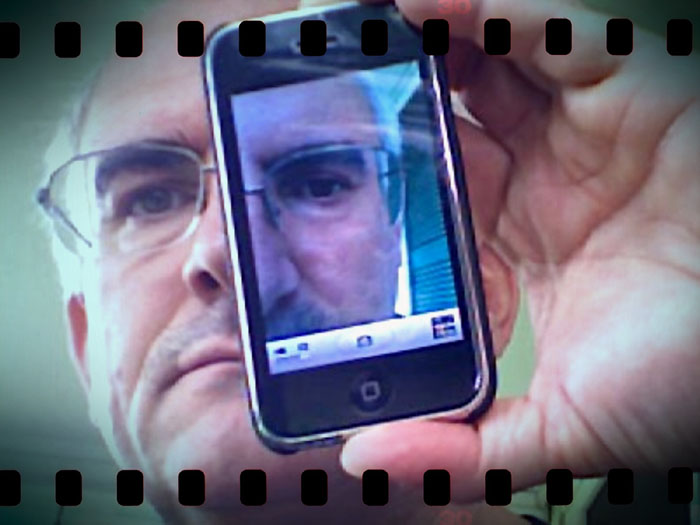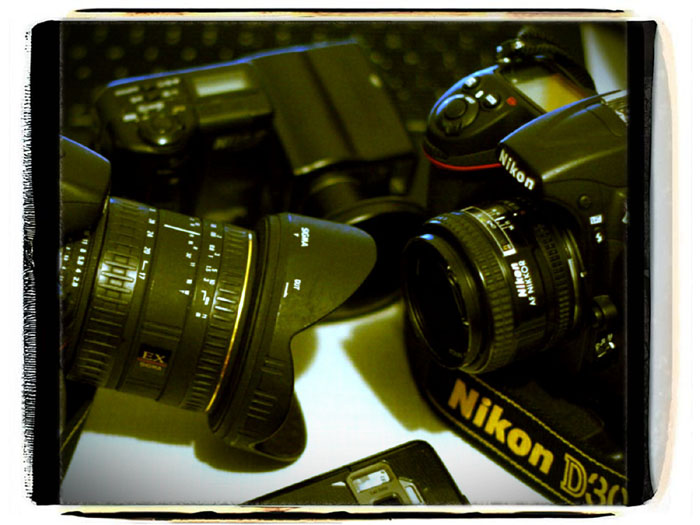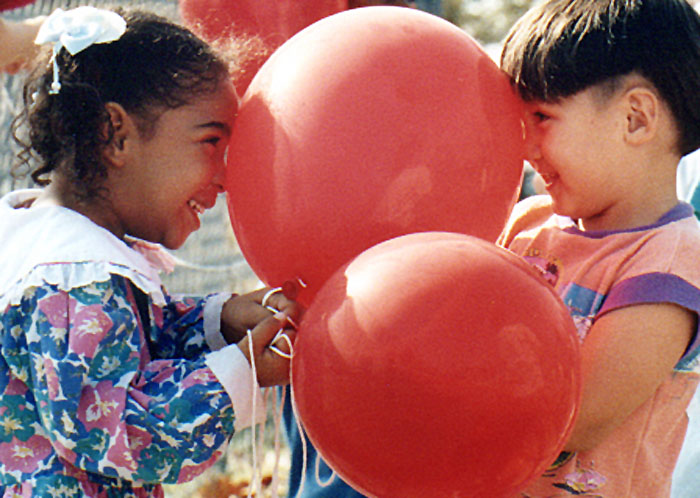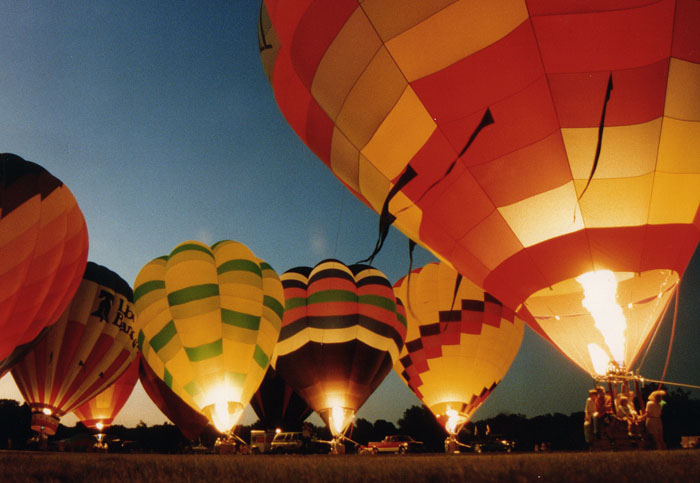Images are recorded every moment of every day from a multitude (plethora, if you will) of recording devices ranging from cellphones to traffic cameras to the Hubble telescope spacecraft. Photography, in form or another, is all around us. Given the basic definition of the process, photography can be accomplished with any device made for the purpose of recording images – moving or still. Video cameras are basically just still cameras with very, very fast motor drives and longer record times. Most cinematic features are shot at 24 fps or frames per second. That is 24 images each second, repeated until the shutter button is released. The majority of today’s video cameras are recording at either 30 fps or 60 fps. iPhones record video at rates up to 30 fps.
The digital age allows us to see these images almost immediately. The closest photographers were able to get to this in the past was by placing a separate film container on the back of their studio cameras that transferred the scene they were recording onto Polaroid (almost) instant film. (And yes, most folks developed a little dance routine out of the “shaking” process that inevitably followed.)
Good images can come from just about any camera or visual recording device, and the basics of capturing good images are nearly the same now as they have been since photographers crisscrossed these lands in covered wagons. Good images still depend on the right combination of content, composition, exposure and focus. One caveat here: I have always preached that the rules of photography are meant to be broken, but one must first learn and know these rules before breaking them.
Let me start with content. What are you trying to say with this photo? Is this baby’s first steps or is this the first steps on the moon? Are you trying to inform, motivate or simply record a moment? Either way, content is still key. Not all photos will mean everything to everyone, but a successful photograph will mean something to someone.
Composition. You’ve got your subject – your content – now how do you wish to portray it? A “golden” guideline here is called the “rule of thirds.” Imagine if you divide your viewfinder or display into thirds side-to-side and top-to-bottom (like creating a tic-tac-toe board), this splits the scene into thirds both horizontally and vertically. Placing your key point of interest along one of these lines is often recommended, at least as a starting point. Some cameras, and now some camera apps, actually place these lines into the viewfinder image to further assist the photographer. Content with obvious direction looks most pleasing when looking into the frame of the image, meaning if you have a person looking to camera left, place them along the right third of the viewfinder.

Obvious landscape lines usually do best along the lower third if the sky is a key part of the image (such as a sunset) – vice versa if you are capturing mountains or fields of flowers.
Exposure. Nearly all cameras these days have an automatic exposure system of some sort, similar to the way our own eyes do this for us. This allows photographers to be able to shoot photos rather quickly without having to worry how much light is being allowed onto the film or the recording chip. Without getting too complicated on how this is accomplished, an average balance is sought to record most highlight and shadow detail with balanced and neutral midtones. Where cameras need a bit of help is when recording images containing unusual amounts of one extreme or another. Sand at the beach, sun reflecting off the water or a scene covered in snow will fool most cameras into darkening the image artificially, making whites look gray. Conversely, scenes dominated with dark-colored objects or a lot of shadow will cause the camera to lighten the recorded scene, also leaning towards shades of gray. The exposure compensation control is your best friend under these circumstances. Smarter cameras and those with touch screens (such as the iPhone) offer the photographer the option to touch the area of the image on the viewfinder display where average exposure is to be calculated and adjusted for.
Focus. Another critical area and another that, thankfully, has been assisted in the electronic age. This is probably the one function that I almost always allow the camera to perform for me. I do select the area of the image that I want to be in focus and I sometimes still use the lens aperture to determine how deep I want that focus to be. When blessed with perfect vision, our own eyes place things into focus both near and far. A camera lens will do this as well, but does not always have the depth of focus that we achieve naturally. “Depth of field” is the term to describe how deep we achieve focus in relation to the plane of the recording device, be it film or digital chip.
When might we not want everything in the viewfinder in focus? Perhaps the background is a bit distracting and constantly takes the viewers eyes away from the intended subject of the photograph. Throw the background out of focus and problem eliminated. Or we can use control over depth of field to inject a certain mood. Some do it just to make a statement – this is their “style.” Whichever the case, focus has been a significant “make it or break it” factor in photography since the camera was invented.
Here is an assignment. Grab your choice of image recording device and go out and make some photographs. If you have any manual adjustments on your imaging device play around with them. Explore the limits of your photographic skill and find your photographic “style.”









Picture This: Photography in the iPhone world, part II http://bit.ly/cFKEPQ
geardiary: Picture This: Photography in iPhone world, part II $AAPL – http://bit.ly/ac3lbD
[Photography News] Picture This: Photography in the iPhone world, part II | Gear Diary http://bit.ly/ctceks
Picture This: Photography in the iPhone world, part II | Gear Diary: Photography, in form or another, is all aroun… http://bit.ly/aiHJG0
Picture This: Photography in the iPhone world, part II | Gear Diary http://bit.ly/bRVI2Z
Picture This: Photography in the iPhone world, part II | Gear Diary: Photography, in form or another, is all aroun… http://bit.ly/98As0q
Picture This: Photography in the iPhone world, part II http://bit.ly/a8s6PN #photography #iphone